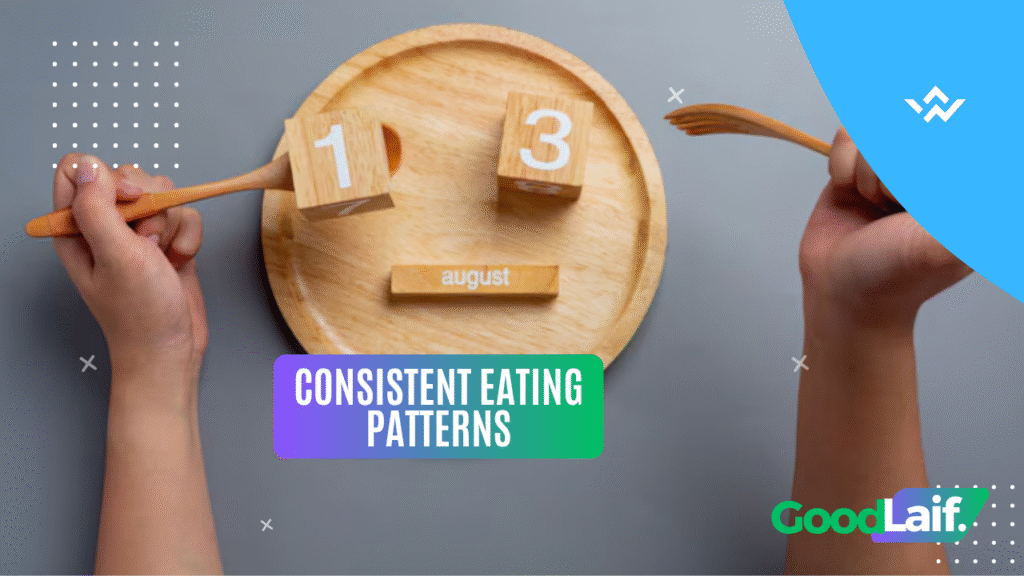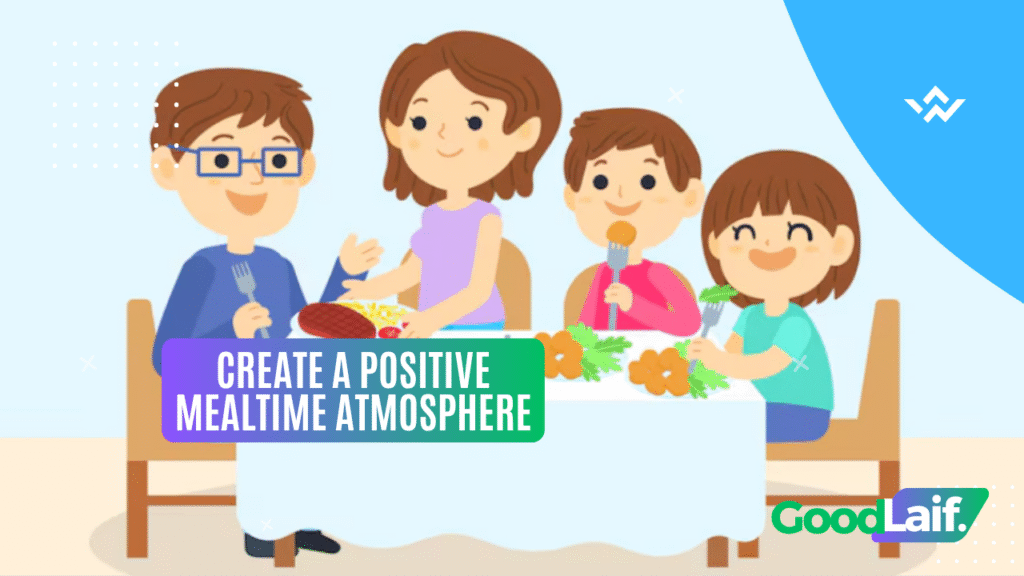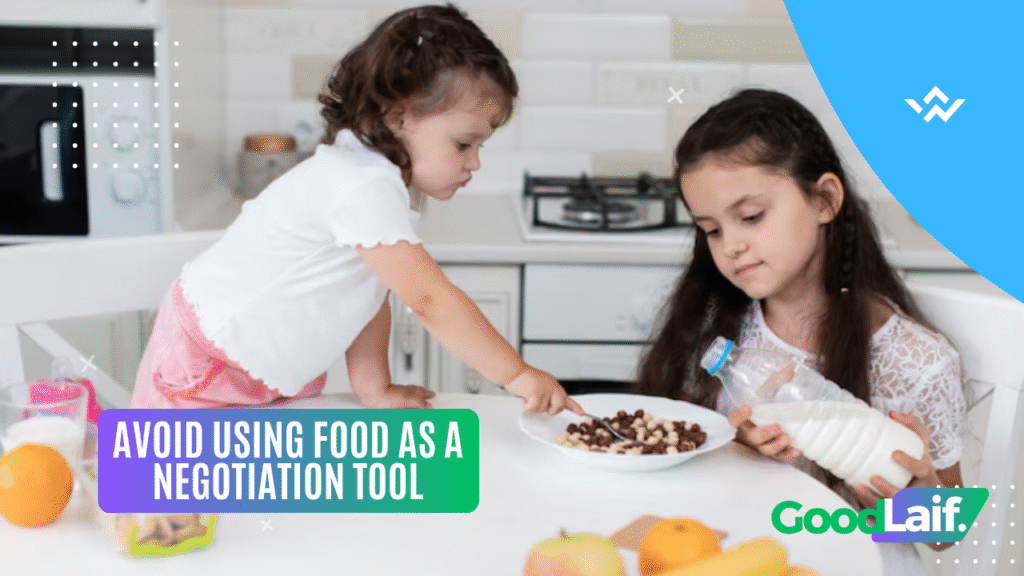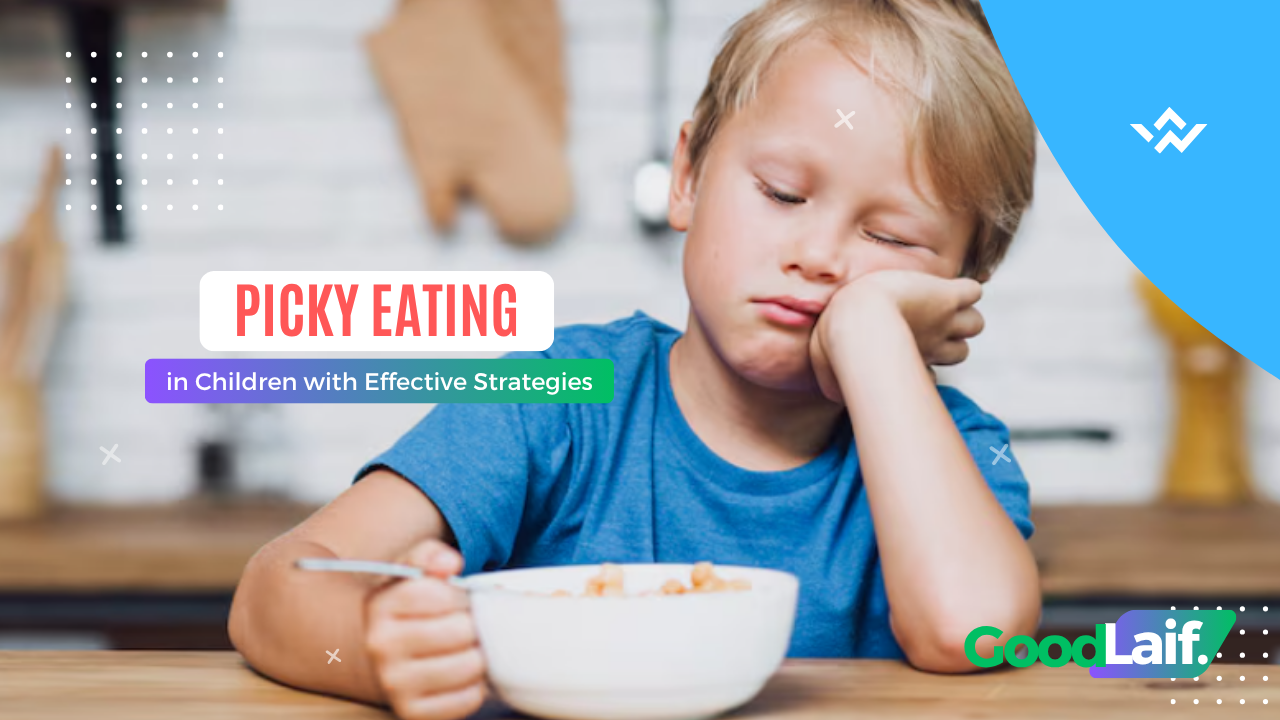Dealing with children who are picky eater is often a common challenge faced by many parents. It is not unusual for parents to worry when their child refuses food, only eats certain types of food, or refuses to try new foods. In fact, during the growth period, a balanced nutritional intake is essential to support a child’s physical and cognitive development.
According to pediatric nutritionists, there are several common reasons why children become picky eater. These factors include psychological conditions, parenting patterns, an unpleasant eating atmosphere, and irregular eating habits from an early age. Therefore, the right strategy is needed to help children develop a positive relationship with food and establish healthy eating habits.
1. Understand the Reasons Behind Picky Eating

The first important step for parents is to understand the underlying reasons behind their child’s eating difficulties. Some common causes include:
- Children are in the phase of exploring tastes and food textures.
- Eating patterns that are too forceful may create mealtime trauma.
- Certain health conditions such as digestive disorders, food allergies, or sensory sensitivities.
- Lack of food variety, leading to boredom.
By identifying the root cause, parents can choose a more appropriate and effective approach.
2. Establish Regular and Consistent Eating Patterns

Pediatric nutritionists recommend that parents create a consistent eating schedule, including set meal times and healthy snacks at specific intervals. Avoid giving excessive snacks or sugary drinks before mealtimes, as these can reduce a child’s appetite.
Consistency helps a child’s body recognize natural hunger and fullness cues while teaching the importance of structured mealtimes.
3. Create a Positive Mealtime Atmosphere

A positive dining atmosphere greatly influences a child’s interest in food. Avoid scolding or forcing a child to eat, as this can cause trauma or negative associations with eating.
Create a warm, supportive environment and involve the child in meal preparation, such as choosing the menu or helping to serve the food. This not only increases the child’s engagement but also fosters curiosity about food.
4. Introduce New Foods Gradually

Children who are picky eaters generally need more time to accept new types of food. Introduce new foods in small portions and avoid forcing the child to finish the entire serving at once. Serve new foods alongside their favorite dishes to make them feel more comfortable.
It is important to remember that studies show children may need 10 to 15 exposures to a new food before accepting it. Patience is key in this process.
5. Be a Role Model for Healthy Eating

Children tend to imitate their parents’ behavior. Therefore, parents should also practice healthy eating habits and demonstrate a positive attitude toward food. Eating together as a family without distractions from devices helps children learn proper eating manners, reasonable portion sizes, and the variety of nutritious foods.
6. Avoid Using Food as a Negotiation Tool

Using food as a reward or punishment, such as saying, “If you finish your vegetables, you can have ice cream,” can cause children to associate healthy food as a burden and sweet treats as a reward. Instead, teach children that eating vegetables and healthy food is a necessity for their bodies, not a punishment or challenge.
7. Consult a Pediatric Nutritionist if Necessary

If a child consistently experiences a decline in appetite, growth problems, or shows concerning symptoms, parents should consult a pediatrician or a pediatric nutritionist. This will help identify the cause more accurately and ensure the child receives appropriate treatment.
Conclusion
Overcoming picky eater in children requires patience, perseverance, and a gentle approach. Parents need to understand that building healthy eating habits is not an instant process but a long-term learning journey. By applying strategies recommended by pediatric nutritionists, children are expected to grow with healthier and more balanced eating patterns, supporting their optimal growth and development.
READ ALSO ARTICLE: Protein in Child Growth: Building Health from an Early Age














+ There are no comments
Add yours